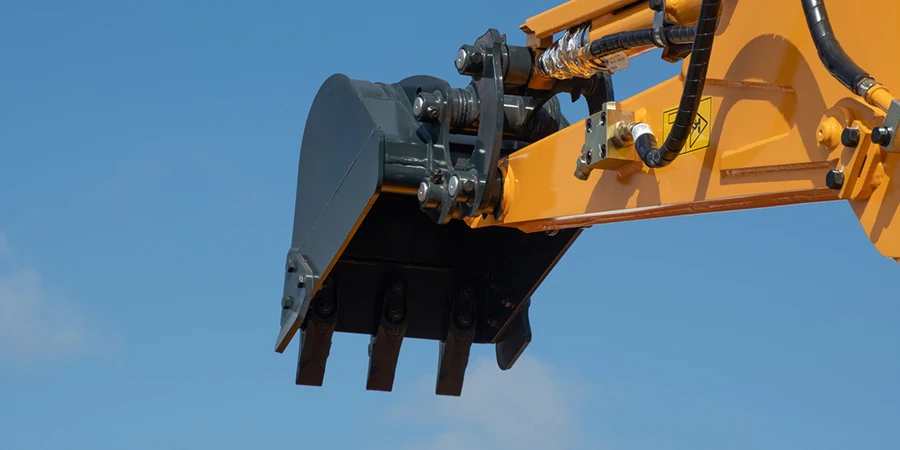Grapple buckets for skid steers are essential attachments that significantly enhance the versatility and efficiency of your machinery. Designed for various applications, these tools can revolutionize how you handle materials on the job site. In this comprehensive guide, we’ll delve into what grapple buckets are, how they work, the best ways to use them, their costs, and the top models available today.
Table of Contents:
1. What is a grapple bucket?
2. How does a grapple bucket work?
3. How to use a grapple bucket
4. How much does a grapple bucket cost?
5. Top grapple buckets for skid steers
What Is a Grapple Bucket?
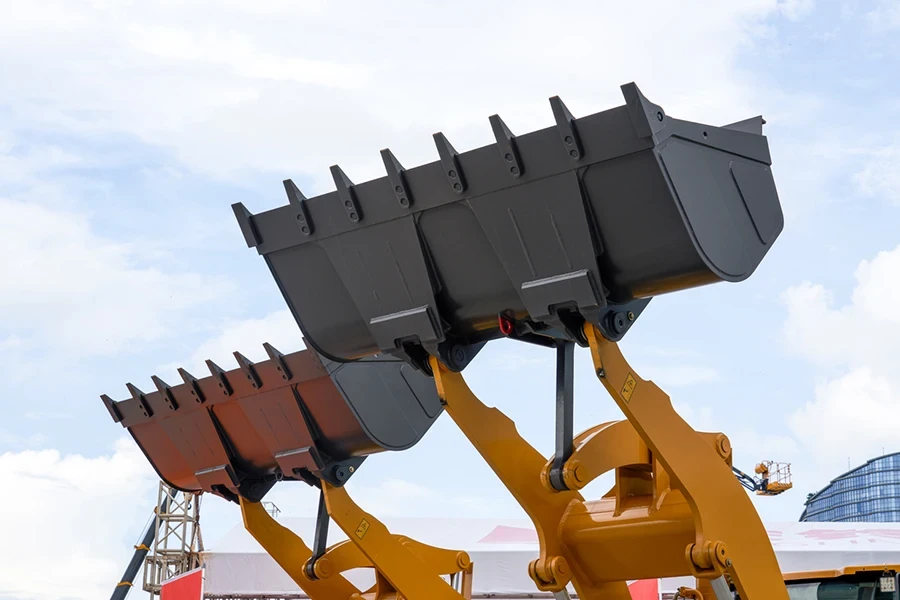
Grapple buckets are specialized attachments designed for skid steers, transforming these versatile machines into powerful material-handling tools. Typically, a grapple bucket features two or more hydraulic-powered jaws (or “grapples”) that open and close to secure and manipulate a variety of materials. This makes them ideal for handling loose or bulky items that would be challenging to manage with standard buckets.
These buckets come in various designs to suit different applications. Root grapple buckets are perfect for clearing debris and roots, while brush grapple buckets are ideal for handling brush and light material. Demolition grapple buckets, on the other hand, are designed for heavy-duty tasks, capable of handling concrete, scrap, and other dense materials.
The construction of grapple buckets is robust, often made from high-strength steel to withstand rigorous use. They are essential in industries like construction, agriculture, landscaping, and forestry, where efficiency in material handling can significantly impact productivity.
How Does a Grapple Bucket Work?

The operation of a grapple bucket is a blend of mechanical ingenuity and hydraulic power. The primary components include the bucket itself, the grapple arms, and the hydraulic cylinders that control the movement of these arms. When the hydraulic system of the skid steer is activated, it sends pressurized fluid to the cylinders, causing the grapple arms to open or close.
The grapple arms are typically designed with teeth or tines, which enhance their gripping ability. When open, the bucket can scoop up materials like a standard bucket. Once the materials are inside the bucket, the hydraulic system closes the grapple arms, securing the load. This mechanism allows the operator to handle irregularly shaped or loose materials with ease, improving efficiency and safety on the job site.
Another critical aspect of grapple bucket operation is the control system. Most skid steers have joystick controls that allow the operator to manage the movement of the grapple arms with precision. This is crucial for tasks that require careful handling, such as placing large rocks in landscaping or maneuvering scrap metal in recycling operations. The ability to fine-tune the movement of the grapple arms ensures that materials can be transported and positioned accurately, minimizing the risk of damage to both the materials and the surrounding environment.
How to Use a Grapple Bucket
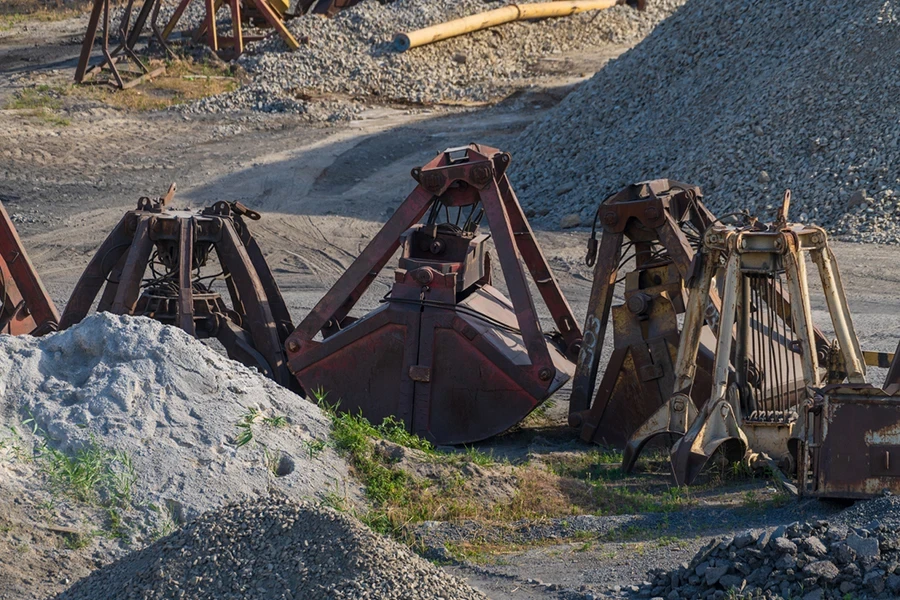
Using a grapple bucket effectively involves several key steps, starting with proper attachment and calibration. First, ensure that the grapple bucket is securely attached to the skid steer’s quick-attach system. This usually involves aligning the attachment points, locking them in place, and connecting the hydraulic hoses to the skid steer’s hydraulic system.
Once attached, the operator should perform a series of checks to ensure everything is functioning correctly. This includes testing the movement of the grapple arms and ensuring there are no leaks in the hydraulic system. Proper calibration is crucial, as it ensures the grapple arms open and close with the appropriate force and speed for the task at hand.
When operating the grapple bucket, it’s essential to be mindful of the load capacity and the nature of the material being handled. Overloading the bucket can strain the hydraulic system and reduce the lifespan of the equipment. When scooping materials, approach the pile at a low angle to maximize the amount of material collected. Once the material is in the bucket, use the grapple arms to secure it before lifting and transporting it.
Safety is also paramount when using a grapple bucket. Always operate the skid steer at a safe speed, especially when carrying a load, to prevent tipping or losing control. Be aware of your surroundings and ensure that bystanders are at a safe distance. Regular maintenance, such as checking hydraulic fluid levels and inspecting the grapple arms for wear and tear, will keep the equipment in optimal working condition.
How Much Does a Grapple Bucket Cost?
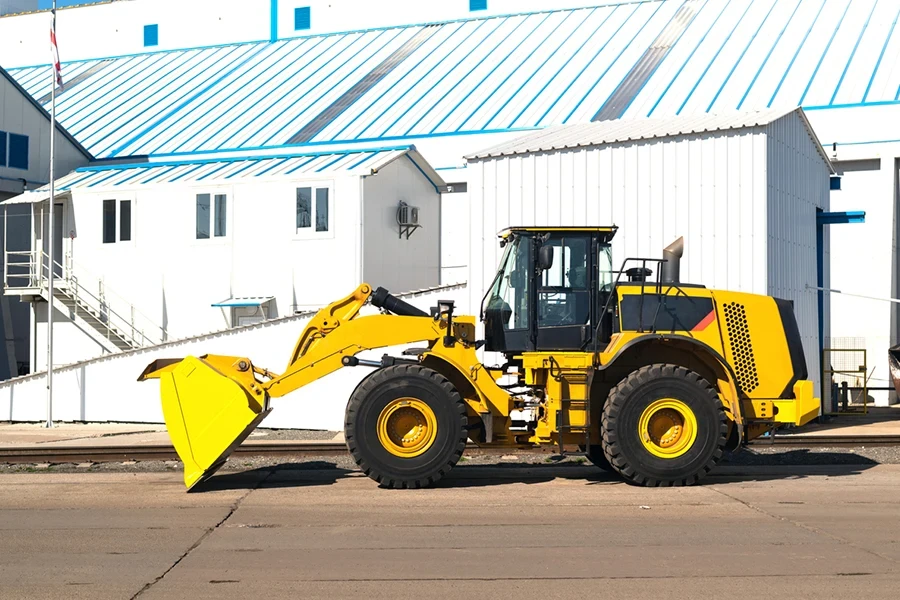
The cost of grapple buckets for skid steers can vary widely based on several factors, including the type of bucket, its size, and the brand. Entry-level grapple buckets, such as smaller root grapples, can start around $1,000 to $1,500. These models are suitable for light-duty applications like landscaping or small-scale agricultural tasks.
Mid-range grapple buckets, which are designed for more demanding tasks, typically cost between $2,000 and $4,000. These buckets often feature stronger construction materials, enhanced hydraulic systems, and additional features like replaceable teeth or tines. They are suitable for medium to heavy-duty applications, including construction and large-scale farming.
High-end grapple buckets, such as those used in demolition or heavy industrial applications, can cost upwards of $5,000 to $10,000 or more. These buckets are built to withstand extreme conditions and heavy use, featuring advanced hydraulic systems, reinforced structures, and specialized designs for handling specific materials. The investment in a high-end grapple bucket is justified by its durability, efficiency, and the ability to tackle the toughest jobs.
When considering the cost, it’s also important to factor in the long-term value of the bucket. Higher-priced models often offer better durability and efficiency, reducing the need for frequent replacements or repairs. Additionally, some manufacturers offer warranties or service packages, which can provide additional peace of mind and cost savings over the lifetime of the equipment.
Top Grapple Buckets for Skid Steers
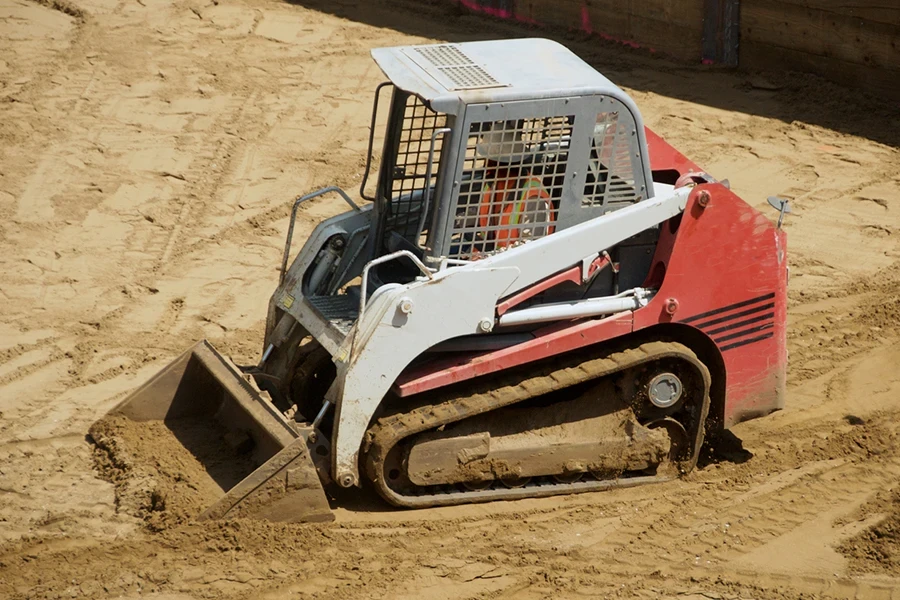
Choosing the right grapple bucket for your skid steer involves evaluating your specific needs and comparing the top models available in the market. Here are some of the best grapple buckets that combine durability, efficiency, and value.
1. Titan Attachments HD Root Grapple Bucket: Known for its robust construction and affordability, the Titan HD Root Grapple Bucket is perfect for medium-duty applications. It features reinforced tines and a durable frame, making it ideal for clearing debris and handling light construction materials.
2. Blue Diamond Heavy Duty Brush Grapple: This model stands out for its versatility and strength. Designed for heavy-duty use, the Blue Diamond Brush Grapple can handle everything from brush and logs to demolition debris. Its high-strength steel construction and efficient hydraulic system ensure reliable performance in demanding conditions.
3. Virnig V50 Skeleton Grapple: The Virnig V50 is a premium option designed for heavy industrial use. It features a unique skeleton design that allows for efficient material sorting and handling. With its reinforced tines and powerful hydraulic system, the V50 can tackle the toughest jobs, including demolition and large-scale land clearing.
4. Land Pride SGC1060 Claw Grapple: Ideal for agricultural and landscaping tasks, the Land Pride SGC1060 offers excellent versatility and ease of use. Its claw design provides a secure grip on a variety of materials, and its compact size makes it suitable for smaller skid steers.
5. Bobcat Root Grapple: A top choice for those who prioritize brand reliability and performance, the Bobcat Root Grapple is engineered for demanding applications. Its heavy-duty design and powerful hydraulic system make it capable of handling large, irregularly shaped materials with ease.
When selecting a grapple bucket, consider the specific requirements of your tasks, the compatibility with your skid steer, and the reputation of the manufacturer. Investing in a high-quality grapple bucket can significantly enhance the efficiency and versatility of your skid steer, leading to improved productivity and reduced operational costs.
Conclusion
Grapple buckets for skid steers are indispensable tools that transform the capabilities of these versatile machines. From construction and demolition to agriculture and landscaping, the right grapple bucket can enhance efficiency, safety, and productivity. By understanding the different types of grapple buckets, their operation, proper usage, and cost considerations, you can make an informed decision to invest in the best attachment for your needs. Whether you opt for a budget-friendly model or a high-end option, a quality grapple bucket is a valuable addition to your equipment arsenal.
